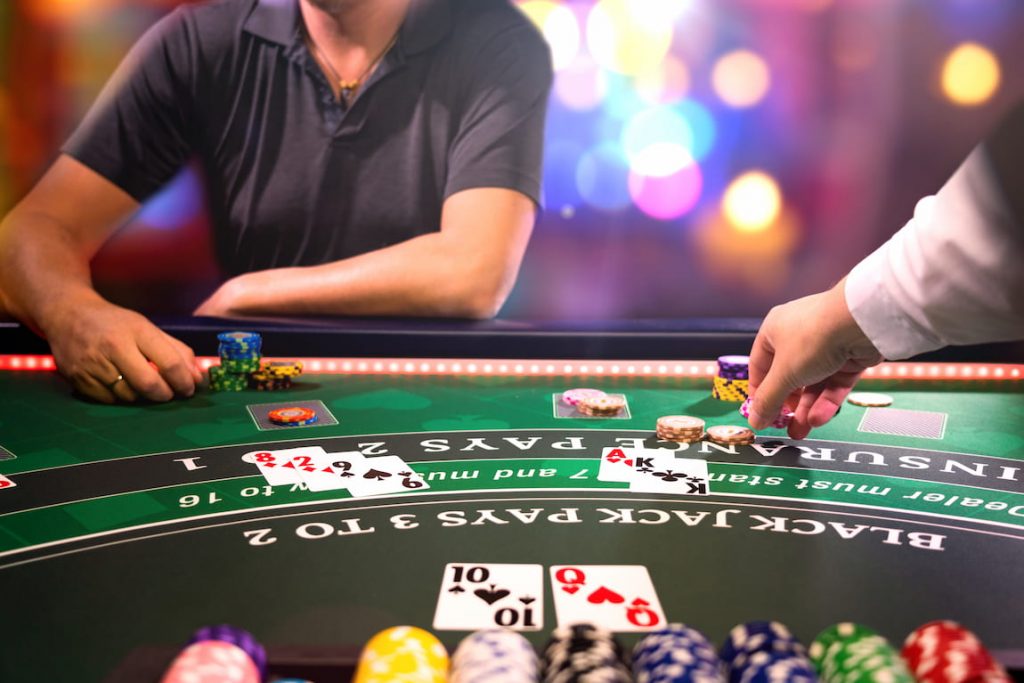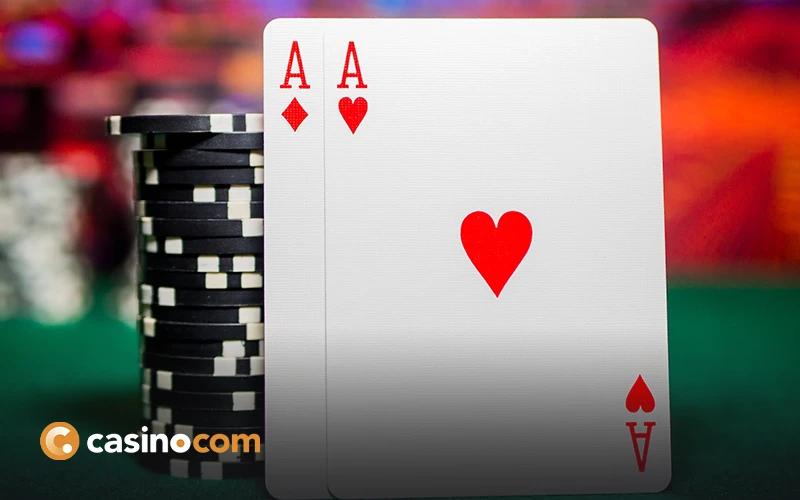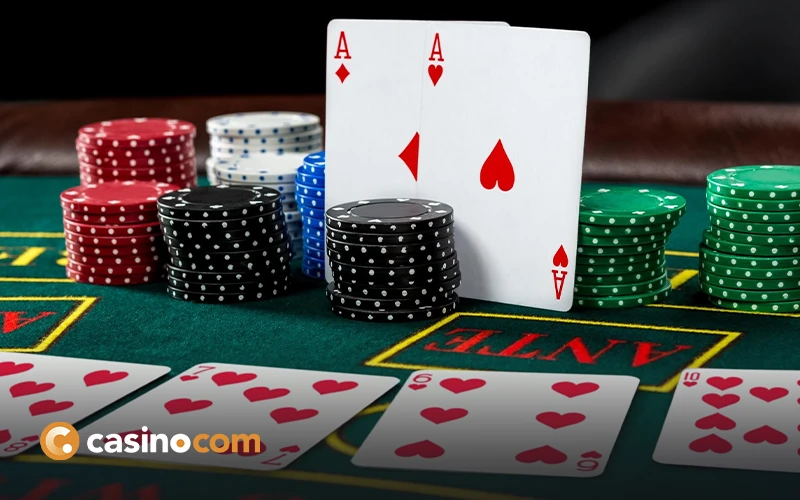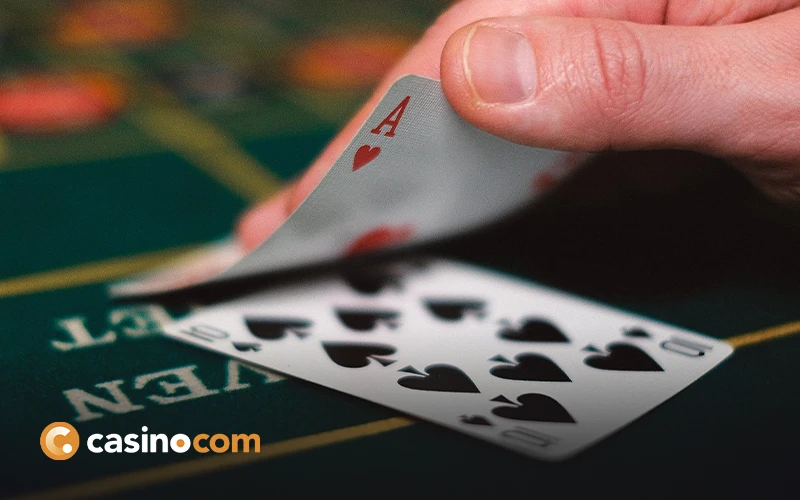Whether in a local brick-and-mortar casino or playing at a preferred online casino, every player is trying to find an advantage over the house. The edge can be there if you know what to look for, though casinos are evolving and looking for ways to mitigate any potential edge against them.
One method that gets a lot of attention is card counting. It is a mathematical technique that has been used by blackjack players to give them a potential edge over the house. It can be difficult to learn and it is something that should be used with caution.
What is Card Counting?
There is a bit of a misconception about card counting. It isn’t about memorizing the cards that have already been dealt from the shoe and you don’t need to keep a perfect record of each card that has been dealt. Card counting is a strategy used in blackjack to try to predict whether the next hand is likely to provide the player an edge or disadvantage over the dealer.
To do this, card counters keep track of the high and low cards that have been dealt. They then use this knowledge to modify their bets and playing styles. Moreover, card counting is typically employed in tandem with another basic blackjack strategy to make it effective at gaining an edge over the casino.
Although card counting is legal, casinos are typically opposed to it. Indeed, some may even prohibit players that they believe are doing it. In this guide, I’ll explain everything you need to know about card counting.
How Does Card Counting Work?
The idea of card counting in blackjack to keep track of the distribution of high and low cards in a deck, so that you can figure out whether the remaining cards are more favourable to the player or the dealer. The idea is that the more high cards that are left in the deck, the better for the player. By keeping track of the proportion of high and low cards that have already been dealt, a player can theoretically gain an advantage over the house.
Here’s an example of how card counting works in practice:
1. First assign a value to each card in the deck. For example, give a value of +1 to low cards (2, 3, 4, 5, and 6) and -1 to high cards (10, Jack, Queen, King, and Ace).
2. When each card is dealt, values need to be assigned so a running count can be kept. If a dealer shows a 6 (+1), then the count would go up by one. If you have a Jack (-1) and a 7 (0), the count is 0.
It’s a good idea to practice counting at home by shuffling as many as eight decks and dealing them out. If you lose count, take the dealt cards and check them. It’s better to practice a lot before going into a casino and losing track.
3. Now it’s time to keep a running count. The house edge is increased by using anywhere between six and eight decks, making it tougher to count cards. Use this running total to estimate the amount of high and low cards left in the deck. So, if your count totaled +5, that would suggest there are more high than low cards left in the deck. Remember, the goal is to reduce the house edge and shift it in your direction.
4. When you establish a count, it is crucial to bet accordingly. Start out small and incrementally increase your stakes when you have a positive true count. This means being better at taking advantage of house edge in order to generate better profits. Being successful at card counting is done over a long period of time, not major wins like you would see in the movies.
5. In the final step, things get a bit more complicated. As total value goes up, you can start to move away from the basics of blackjack strategy. Mathematically driven stats are the way to go, but there are some deviations to be made if you have a count of +3 or more. For instance, you can stand with a 13 vs. a dealer’s 2, double down on 10 vs. a dealer’s Ace, stand with 16 vs. a dealer’s 10, and so on.
Note that the above is based on a game of blackjack being dealt at a brick-and-mortar casino. Bear in mind that most casinos will use between six and eight decks at the blackjack tables. Card counting at an online casino is not likely to be successful as there is effectively an infinite number of decks in use.
Is Card Counting Legal?
Card counting is not illegal, but there are lots of grey areas in the rule book. Many casinos view it as cheating, and they have the authority to ban anyone they believe to be employing this method. Gambling houses both online and offline can refuse players if they have justifiable grounds to do so. A player could even be charged with trespassing if they refuse to leave a casino after being discovered counting cards.
It’s important to note that while card counting itself is not prohibited, some card counting techniques might be. For instance, in some situations, people trying to scam casinos use a tool to aid with card counting. This could be a tiny camera or computer program. If they are caught using one of these methods, they could be subject to criminal proceedings.
If ever caught by a casino when employing card counting, it is important to leave peacefully. There is always the potential for extra penalties if you get physical with casino staff and the establishments will always be looking for extra ways to deter players they believe to be cheating.
How do Casinos Respond to Card Counting?
There are various ways that casinos have adapted to the issue of card counting, and their methods have evolved. If operators manage to identify a counter, they can ban them. However, they need systems in place to make it more difficult for people to do it in the first place.
Shuffling the Deck More Frequently
One of the most effective ways to combat card counting is to shuffle the deck more frequently. This makes it more difficult for the card counter to keep track of the cards that have been played and can significantly reduce the accuracy of their count.
Using Multiple Decks
Most casinos now use multiple decks in a single game to mitigate against card counters. Whenever you play a game of blackjack, you can check the rules to find out how many decks are in play.
Automatic Shufflers
Many gambling houses use machines to shuffle the cards, and this can make it harder for card counters to keep track of the cards. This is especially true with virtual games at online casinos, as these rely on random number generators rather than shuffles.
Collaborating with Other Casinos
When casinos ban card counters that they have identified, they may sometimes collaborate with other establishments, so they are prepared to deal with them. This means that when someone is discovered, they may find it difficult to pull the same trick at another casino.
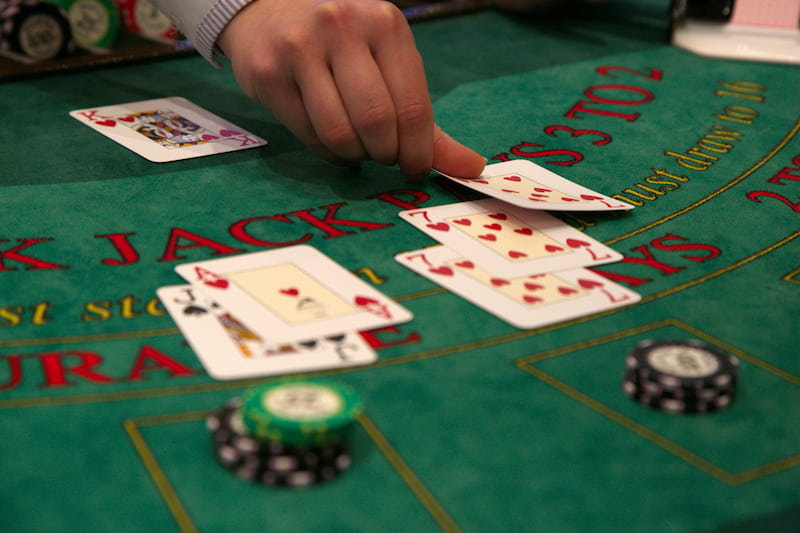
How Effective is Card Counting?
Card counting can be an effective way to increase the chances of winning at blackjack, but it is not foolproof. The method relies on the idea that certain cards are more favourable to the player, while other cards are better for the dealer.
By keeping track of which cards have been played, the card counter can adjust their betting and playing strategy to take advantage of the remaining cards in the deck. However, it should be noted that this doesn’t guarantee a win. It only gives the player a small advantage over the house.
In Land-based Casinos
The system is only effective if the player can keep an accurate count of the cards, and it is most likely to be used in a land-based casino where they can see everything clearly. However, it can be difficult to do in a busy casino and there are cameras everywhere looking for people who are attempting it.
At Online Casinos
Card counting at online casinos is much harder than it is at land-based gambling houses. This is because they use state-of-the-art technology to mitigate against it. Virtual games use RNG, while live dealer games involve multiple decks and frequent shuffles.
Tips for Using Card Counting
With a better idea of what card counting is and how it works, you may be thinking about employing it yourself. Before getting started, there are a few basic tips that will go a long way toward helping you become effective at card counting.
1. Learn Basic Strategies First
Before you begin, you have to know the basic blackjack strategies first. Know them inside and out before you can even hope to start counting cards in an effective way. Remember, the goal in blackjack is to lower the house edge as much as you possibly can. This means being able to make the best decisions in each spot.
2. Know the Rules
Blackjack rules can vary depending on where you play. It is key to find the right rules, like hands that pay 3:2 or ones that force the dealer to stand on 17, etc. Know what the insurance rules are, how often you can split, and when you can double down. It also helps to know how many decks are in play; the fewer the decks in use, the better it is for card counting.
3. Study the Tables
A key to reducing the house edge is to observe the table. How often does the dealer shuffle or change the shoe? Card counting is less effective if the shoe is replaced after every few hands, so you need to find a table with less frequent shuffles. Check for betting limits as well. You don’t want to find yourself hemmed in by less than ideal stakes.
4. Properly Manage Your Bankroll
Even if you manage to master card counting, it isn’t a perfect system. Losses still happen. For that reason, you need to manage your bankroll. The edge that can be gained is a small one and requires time to really turn a profit. Learning to manage your bankroll will ensure that you will be in the right spot and not be forced out.
5. Repetition is Key
The only way to truly master card counting (and blackjack, in general) is to practice all the time. It can be difficult to count cards, but the more you practice, the better you will be. Besides, it is better to practice for free rather than having to eat very real monetary losses at the blackjack table itself.
Should You Use Card Counting When Playing Blackjack?
If you want to play blackjack online, it’s easy to sign up and start playing today. We recommend that you always play for fun and don’t take the games too seriously.

